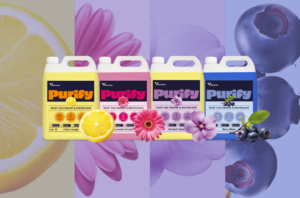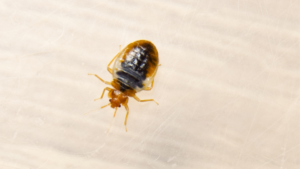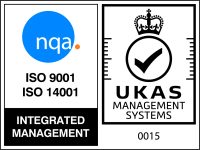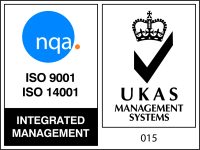When to Disinfect: Timing and Techniques
When it comes to disinfection, there is no silver bullet. Rather, a professional cleaner understands that this is a process that relies not just on a product-based solution, but on a careful, consistent regimen. Indeed, the key to any disinfection routine is not only understanding how to disinfect, but also in knowing exactly when to deploy the correct techniques.
Why Disinfect?
CleanLink From a commercial cleaning perspective, the process of disinfection is undertaken in order to eliminate harmful germs on surfaces. As a practice, disinfection can help to prevent the wider spread of these organisms, a process usually referred to as cross-contamination. It is also worth knowing that – as three separate procedures – disinfection, cleaning and sanitising are each used to achieve different results on any given surface.
CleanLink explains that cleaning is essentially the process of removing visible dirt, grime and debris from a surface while sanitisation can reduce – yet not completely remove – germs on the surface of an object. The Centers for Disease Control and Prevention and Prevention (CDC) clarifies that, “Disinfecting works by using chemicals to kill germs on surfaces or objects.”
The process of disinfection is often requested by clients and undertaken by cleaning professionals with a view to keeping an environment safe and healthy for those within it. While some organisms – for example, those that cause the flu, stomach bugs or even athletes’ foot – are harmful and can survive for extended periods on hard surfaces, the Microbiology Society highlights that these disease-causing microbes are relatively few in number. In a similar vein, the NHS advises, “Amongst all the organisms that can infect humans, some bacteria are now known to be less harmful than once thought and some are beneficial.”
When to Disinfect: Key Points for Consideration
An outbreak of norovirus in a school or an office may see cleaners undertake disinfection protocols while – in a food service environment, for example – certain procedures may already be embedded to prevent the cross-contamination of surfaces from raw food. On this latter point, the UK’s Food Standards Agency offers a host of suggestions for effective disinfection in an environment where food is stored or served.
On a practical level, an outbreak of illness may see cleaners amend and alter their routines and even the products they use in an attempt to disinfect a space. The CDC offers clear guidance for these kinds of scenarios here and here. Among its suggestions are that any high-touch surfaces be tended to regularly and that access to handwashing facilities is integral in fighting the spread of infection, regardless of its cause.
When it comes to the use of disinfectants, ISSA, the Worldwide Cleaning Industry Association, notes that while these kinds of products may kill pathogens and microbes that cause disease, they may or may not eliminate certain viruses or fungi. When using these products, cleaning professionals should adhere to labelling advice on contact time and dilution ratios as failure to heed these may impact the efficacy of a chosen disinfectant. Finally, it is worth bearing in mind that it is now understood – as the Society for General Microbiology highlights – that some products which are intended to eliminate harmful bacteria from surfaces are now known to have the opposite effect. These disinfectant-resistant bacteria flourish, as the journal explains, when disinfectant products are not used to the correct ratio or to the correct contact time.
Routine Cleaning Techniques Can Aid Disinfection
When used correctly, specialist disinfectants can undoubtedly aid in keeping a facility safe. However, it is now known that routine, regular cleaning can actually serve as an aid to disinfection and, as the American Journal of Infection Control states, “Cleaning and disinfecting are important parts of a comprehensive infection prevention strategy.”
The CDC clarifies that, while chemicals utilised to remove dirt and debris from surfaces may lack disinfecting properties and cannot eliminate harmful pathogens, “…the physical process of cleaning can remove germs from surfaces, meaning that they are less likely to be spread.” With this in mind, a regular and consistent basic cleaning schedule – and the knowledge of exactly when to utilise it – is as powerful as any chemical disinfectant when it comes to fighting infection.








